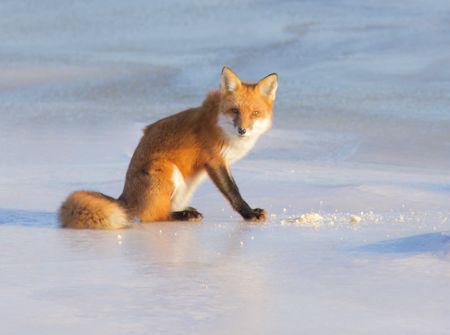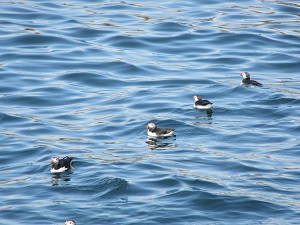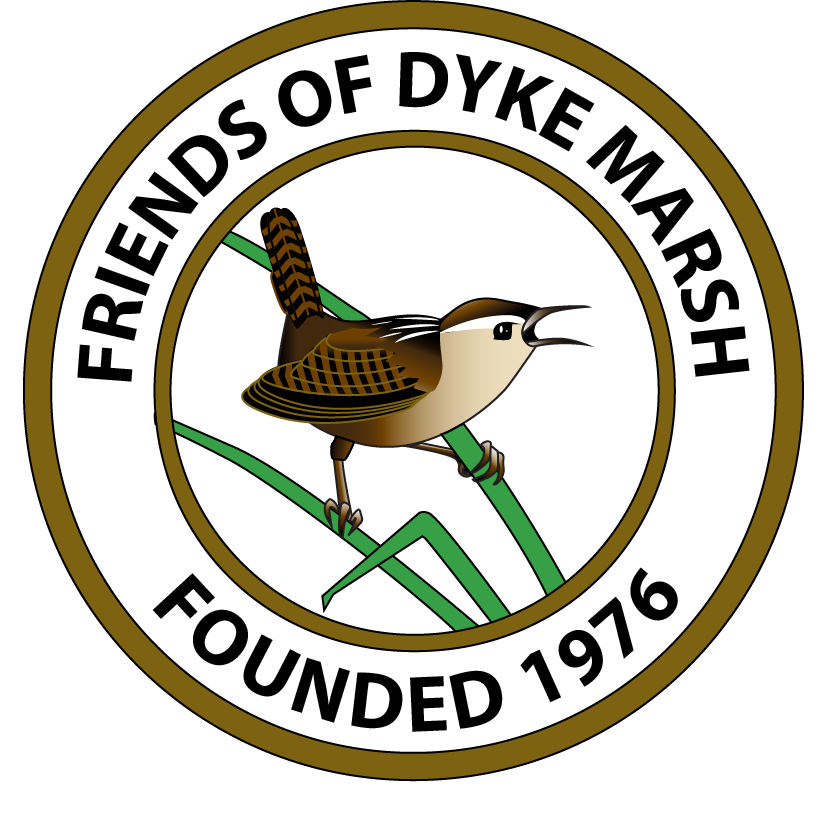On November 13, 2019, at FODM’s quarterly meeting, Dr. Sally Valdes outlined several ways that climate change is adversely affecting wildlife. Introducing the topic, she said that carbon dioxide and other greenhouse gas emissions have risen to levels unprecedented in the last 800,000 years. Carbon dioxide concentrations have been tracked continuously at the Mauna Loa Observatory in Hawaii since 1958 and the trend has been steadily upward, from about 315 parts per million (ppm) to 414 ppm in the spring of 2019.
Among many consequences, she offered these:
- Terrestrial wildlife must move north or uphill, if they can.
- Marine wildlife must move north or seek deeper water to escape warmer temperatures.
- Heat stress can have direct adverse impacts. For example, in mammals, it can decrease milk production.
- In certain fish, reptiles and amphibians, heat can result in an imbalance in sex ratios because the temperature during development determines the sex of the individual.
- With more frequent and more severe weather events like hurricanes, wildlife species that have specialized habitat requirements, can be devastated and migration can be disrupted.
- Changing temperatures and habitats can interrupt timing or phenology. A traditional food source may not be available when wildlife need certain foods. Migrating birds, for example, time their journeys and arrivals based on food historically available at particular places.
- For coastal wetland species, flooded habitat can be lost if coastal wetlands are blocked by structures and cannot move inland.
- Vector-transmitted diseases like Lyme disease, carried by black-legged ticks, will increase and move north.
- Acidification of oceans can make it harder for species like corals, lobsters and clams to form shells.
- Warming oceans can cause some food sources to move. For example, Atlantic puffins rely on herring to feed their young. If herring are not near nesting sites and puffins feed their young a larger fish, the nestlings may choke.
Some wildlife species can adapt, like those able to move, but the rate of change is so fast that many species cannot adapt fast enough.
She urged attendees to plant more trees and vegetation, use more non-carbon-based energy and preserve wetlands and grasslands, among other steps.
Dr. Valdes is a retired U.S. Department of the Interior biologist.
Cosponsors were the Faith Alliance for Climate Solutions, the Friends of Huntley Meadows Park and the Friends of Little Hunting Creek.
 Red foxes (Vulpes vulpes) are among the wildlife species that could be adversely affected by climate change. Photo by Ed Eder Red foxes (Vulpes vulpes) are among the wildlife species that could be adversely affected by climate change. Photo by Ed Eder |
 Atlantic puffins (Fratercula arctica) may try to feed their young butterfish, which could be too large and cause choking, if traditional food like herring move north. Photo by Glenda Booth Atlantic puffins (Fratercula arctica) may try to feed their young butterfish, which could be too large and cause choking, if traditional food like herring move north. Photo by Glenda Booth |


